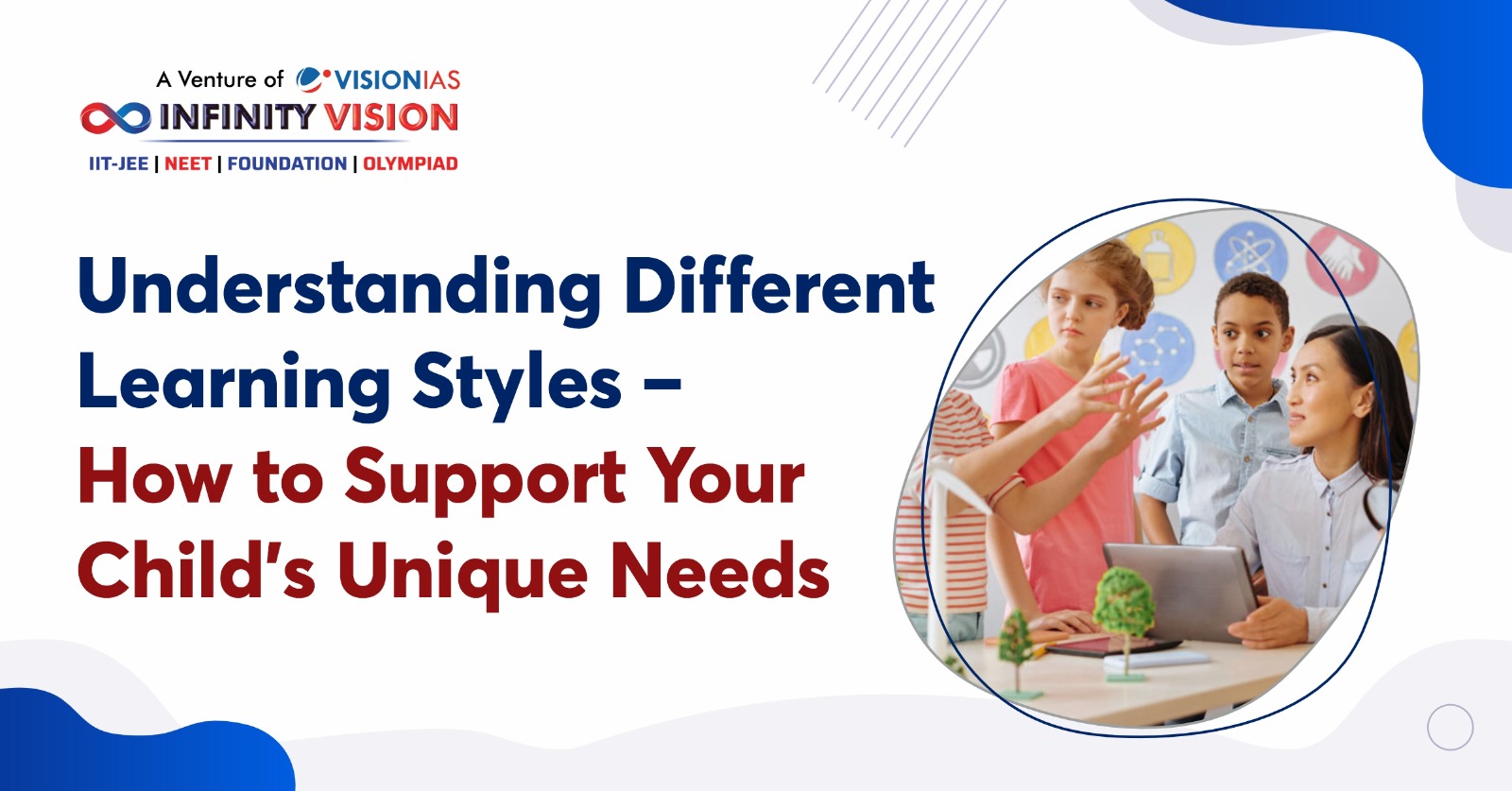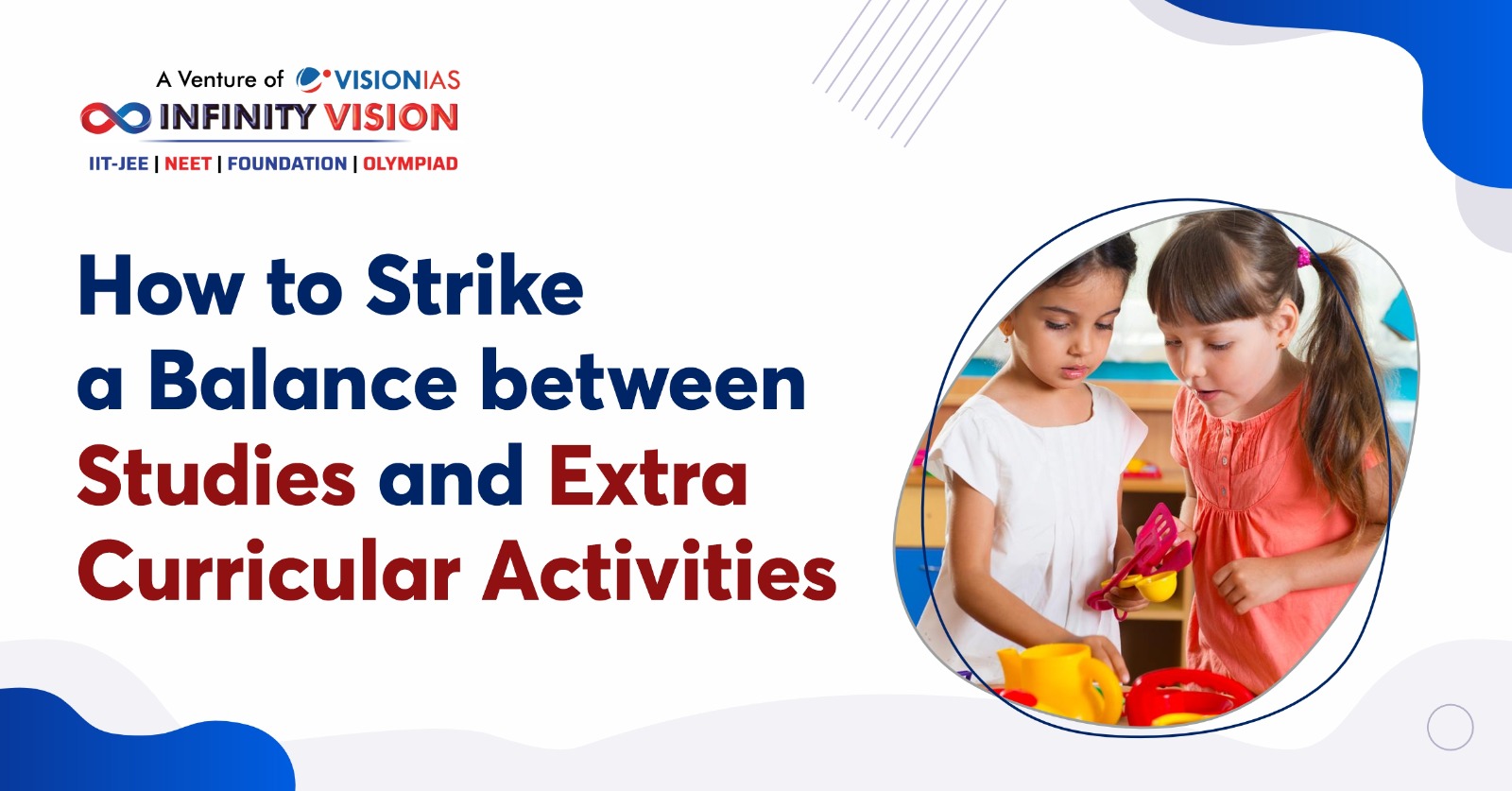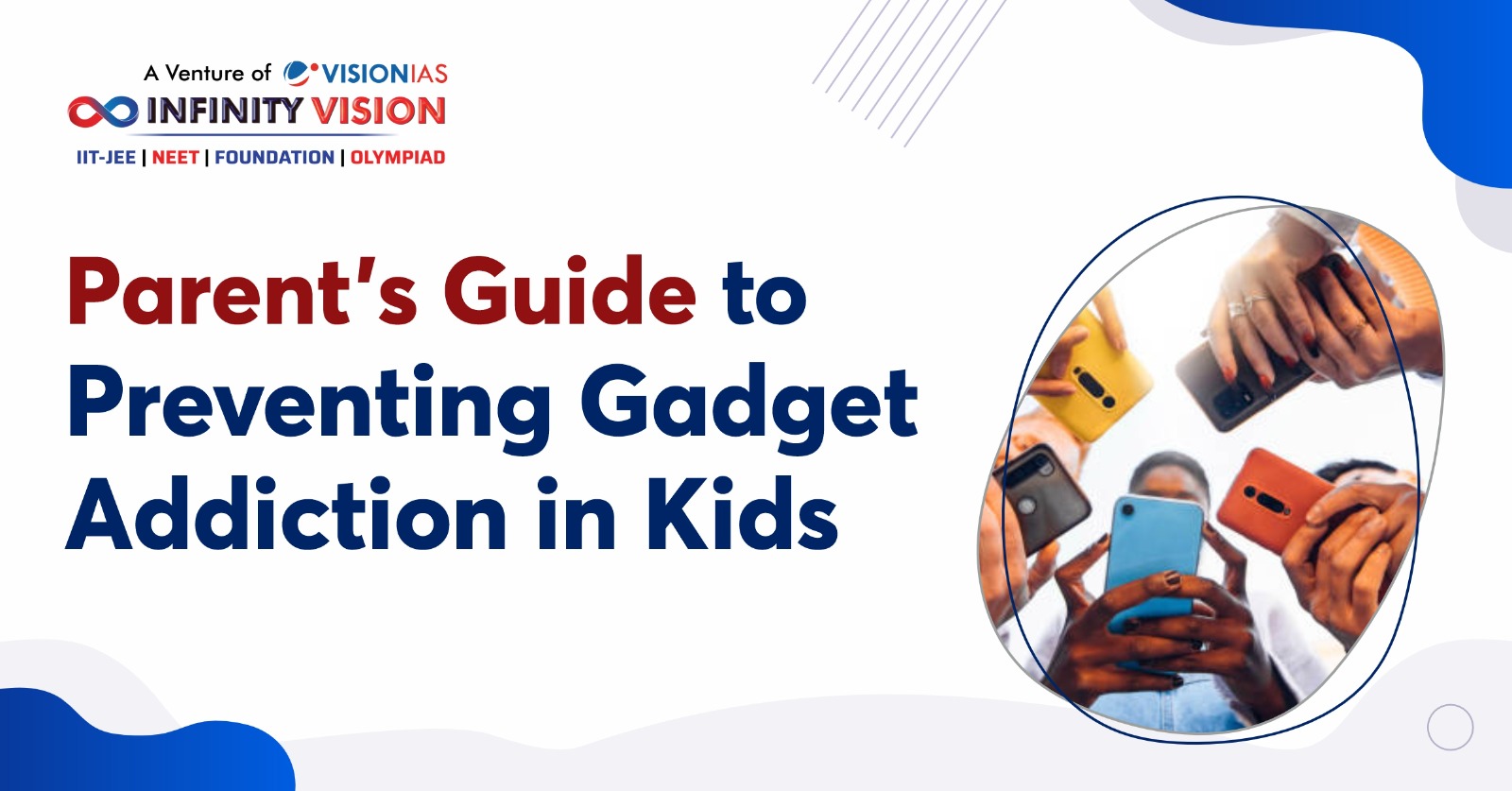
- October 12, 2024
- Parent's Sphere
Understanding Different Learning Styles – How to Support Your Child’s Unique Needs
Every child learns in a unique way, and understanding your child’s learning style can make a significant difference in their educational experience. Learning styles refer to the preferred ways in which individuals absorb, process, and retain information. By recognizing and catering to your child’s specific learning style, you can help them understand concepts more easily, ...</p>









